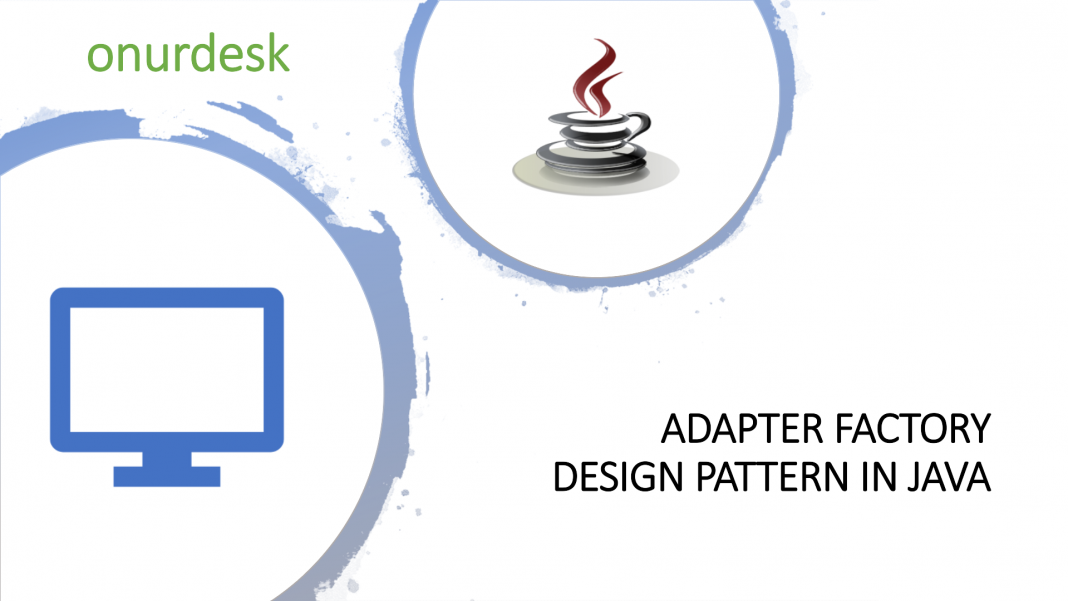An adapter design pattern is similar to how an electrical adapter lets your laptop work both in the US or UK even though voltages are different.
This Articles Contents
What is the Adapter Design Pattern?
When two heads of states who don’t speak a common language meet, usually a language interpreter sits between the two and translates the conversation, thus enabling communication. The Adapter pattern is similar in that it sits between two incompatible classes that otherwise can’t work with each other and lets them work together. Another example to consider is when one buys electronics from the USA and tries to use them in India. The two countries have different power voltages being distributed to consumers and using an electronic appliance from one country in another requires a physical adapter that steps up or down the voltage appropriately. The concept of the software adapter pattern is similar.
Formally, the adapter pattern is defined as allowing incompatible classes to work together by converting the interface of one class into another expected by the clients
Understand the Adapter Design Pattern
The class diagram consists of the following entities:
- Target
- Client
- Adaptee
- Adapter
- Class


Example of Adapter Design Pattern
Let’s take our aircraft example again. Your software only deals with fancy jets but suddenly you are required to adapt your software to cater to a local hot air balloon company. Rewriting your software from scratch is not feasible. To complicate matters the balloon company already provides you with classes that represent hot air balloons which are incompatible with your IAircraft interface, which you use to represent modern aircraft. We’ll use the adapter pattern to make the hot air balloon classes work with our existing infrastructure for aircraft. Let’s see what the balloon class looks like:
package com.poc;
public class HotAirBalloon {
String gasUsed = "Helium";
void fly(String gasUsed) {
// Take-off sequence based on the kind of feul
// Followed by more code.
}
// Function returns the gas used by the balloon for flight
String inflateWithGas() {
return gasUsed;
}
}Unfortunately, the fly method for the HotAirBalloon class is parametrized and can’t work with the IAircraft interface. We’ll need an adapter here that can make the HotAirBalloon class work with the IAircraft interface. The adapter in pattern-speak should implement the client interface, which is the IAircraft interface.
public interface IAircraft {
void fly();
}The adapter implementation would be the following:
package com.poc;
public class Adapter implements IAircraft {
HotAirBalloon hotAirBalloon;
public Adapter(HotAirBalloon hotAirBalloon) {
this.hotAirBalloon = hotAirBalloon;
}
@Override
public void fly() {
String feulUsed = hotAirBalloon.inflateWithGas();
hotAirBalloon.fly(feulUsed);
}
}The important things to note about the adapter are:
- The adapter is composed with the Adaptee object, which in our case is the HotAirBalloon object.
- The adapter implements the interface the client knows about and consumes. In this case, it is the IAircraft .
Let’s see the client code now
public void main() {
HotAirBalloon hotAirBalloon = new HotAirBalloon();
Adapter hotAirBalloonAdapter = new Adapter(hotAirBalloon);
hotAirBalloonAdapter.fly();
}Note the client is manipulating objects that implement the IAircraft interface. It doesn’t know anything about the HotAirBalloon class and the adapter is responsible for masking the gory details for the client. The client can now make a hot air balloon fly even though it deviates from the fly() method enforced by the IAircraft interface.
Understand Object Adapter in Adapter Design Pattern
The hot air balloon example that we just discussed is really an object adapter example. We composed the adapter with the adaptee object to make incompatible classes work together. In the case of Java, we can only practice object adaptation for reasons you’ll learn shortly.
Using objects for adaptation gains us the usual benefits of object composition, The design becomes flexible and the adapter can stand in place of the adaptee or any of its subclassed-objects.
Understand Class Adapter in Adapter Design Pattern
The complementary concept to the object adapter is the class adapter. The class adapter works via multiple inheritances which aren’t supported in Java. However, the idea is that the adapter extends both, the interface in use by the client, as well as, the adaptee class. Adaptation works via inheritance instead of composition.
One benefit of the adaptation via inheritance is that behavior can be overridden or new functionality can be added in the adapter.

